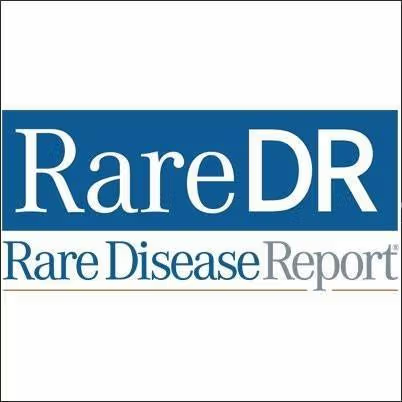Article
Heightened Risk of Hemorrhagic Stroke Linked to Methamphetamine Use
Author(s):
Methamphetamine was found to be linked to hemorrhagic strokes in 80% of cases.

A link between methamphetamine and a heightened risk for hemorrhagic stroke has been found in young adults, according to new research.
The study, led by Julia Lappin (pictured), MD, of the University of New South Wales in Australia, examined 77 case report and epidemiologic studies to acquire an estimate of strokes associated with methamphetamine use for adults under the age of 45.
Lappin and fellow researchers found 81 hemorrhagic and 17 ischemic strokes that could be traced to methamphetamine use, with both types being twice as likely to occur in males, as they were more likely to use higher doses of the drug.
Methamphetamine can be swallowed, smoked, injected, and use intranasally. Researchers found that hemorrhagic stroke was more likely after injection or swallowing, while ischemic strokes were more likely when the drug was smoked.
The authors noted that methamphetamine-related stroke is “associated with poor clinical outcomes” and that in a time when methamphetamine use is increasing worldwide, there is an increase in methamphetamine-related stroke and “consequent increase in the burden of disease contributed by such events.”
For hemorrhagic strokes, 60 cases of intracranial hemorrhage (ICH) and 32 cases of subarachnoid hemorrhage (SAH) were noted. Both ICH and SAH occurred in 13 patients.
Cerebral aneurysm was identified in 17% of hemorrhagic stroke cases, while arteriovenous malformation was detected in 8% of cases. Hemorrhagic stroke resulted in death in one-third of the cases, and 40% of the group experienced residual symptoms, while 25% of the patients recovered completely, the authors noted.
For the ischemic stroke patients, 20% saw complete recovery while another 20% died, leaving 60% with residual impairments, such as speech and vision defects.
Overall, 80% of the strokes identified as linked to methamphetamine use were hemorrhagic, compared to rates between 40% to 55% in the overall population under the age of 45.
The authors noted that “methamphetamine use and stroke are significant public health problems,” and that the prevalence of stroke in patients under the age of 45 is much less common. Methamphetamine was declared a
“putative cause of strokes among younger people” by the authors.
The findings were published online in the Journal of Neurology, Neurosurgery and Psychiatry.
The Clinical Focus condition center at NeurologyLive, MD Magazine's new sister site, provides even more extensive coverage from the field of stroke prevention and care, as well as updates right from the floor of the field’s most prominent conferences.
Related Coverage
Why Older Male MS Patients Are More Prone to Depression





